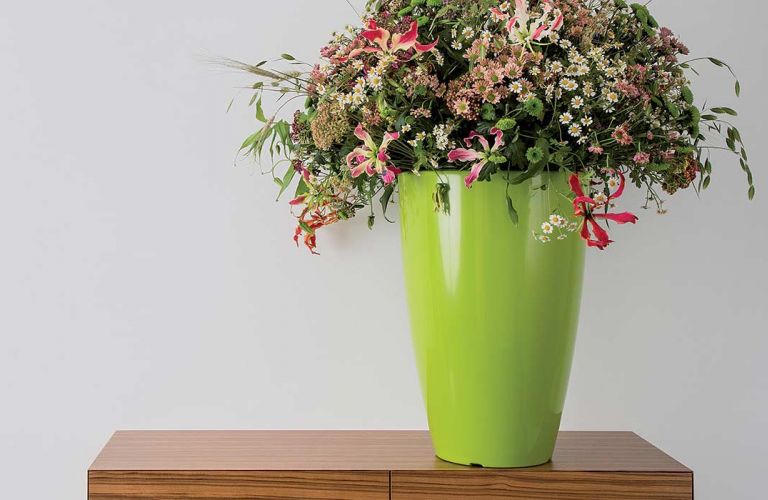WHY A THERMOPLASTIC MATERIAL IS THE BEST CHOICE WHEN THE APPEARANCE OF A PRODUCT IS IMPORTANT.
12 October 2020
The external finish plays a fundamental role on the way a product is perceived by the user. Indeed, in many cases, the external aspect is just as important as the functionality, and the combination of these two factors determines the overall quality of most marketable goods.
For this reason, the most appropriate choice for the realization of many products, in various fields of use, is represented by thermoplastic materials such as polyethylene. In fact, the use of these synthetic polymers allows you to customize more effectively many aspects of the final aesthetics of the product, also ensuring a certain saving in investment in labor and equipment.
-
Regularity of forms
The accuracy of large-scale industrial reproduction of an article with a geometrically perfect design depends on the characteristics of the manufacturing process and the chemical-physical properties of the selected material.
For example, with the same accuracy of the result, the use of thermoplastic materials requires less effort in terms of equipment and processing times than metal, resulting in lower production costs.
-
Color
The only way to get a certain color finish on most traditional materials such as metal, wood, cement and others, is to paint the product in the last stage of the production process.
Instead, using a thermoplastic material such as polyethylene, the pigmentation of the raw material is carried out already during production. This saves time and cost of painting and avoids paint maintenance problems such as scratches, chipping, and others.
In addition to a wide selection of flat colors, in many cases you can achieve special finishes such as wood grain, carbon fiber, or even rather complex patterns.
-
Luster
Many industries such as medical devices, food products, or some decorative items require high-gloss finishes such as fake chrome plating because they offer the visual perception of better quality.
Once again, giving this appearance to a thermoplastic material is much easier than giving it to a metal. In fact, it is sufficient to cover the product with a special film or subject it to a quick surface treatment to obtain a really impeccable and long-lasting gloss effect.
-
Texture
The surface of a plastic product can be easily customized with an embossed texture such as grooving, knurling, and other textures.
In most cases, the texture is reproduced during the thermoforming process, through a mold properly designed and realized.
In other cases, especially for the construction of parts of more complex mechanisms, plastic laminates are used on which the texture has been realized previously.
-
Resistance
Most painted materials tend to alter their appearance with prolonged exposure to sunlight due to UV rays.
For example, just think of the metal road signs: the darker colors like red and black fade, others like yellow become darker, and in many other cases the surface tends to crack.
Instead, the colors of thermoplastic materials such as polyethylene, thanks to the addition of stabilizing substances during production, are much more resistant to UV rays, under various conditions of light and temperature.
Cover photo: Monacis - Cromia Collection - Prisma Round
WE PRODUCE HIGH QUALITY POLYETHYLENE PRODUCTS. FOR CIVIL AND INDUSTRIAL USE


